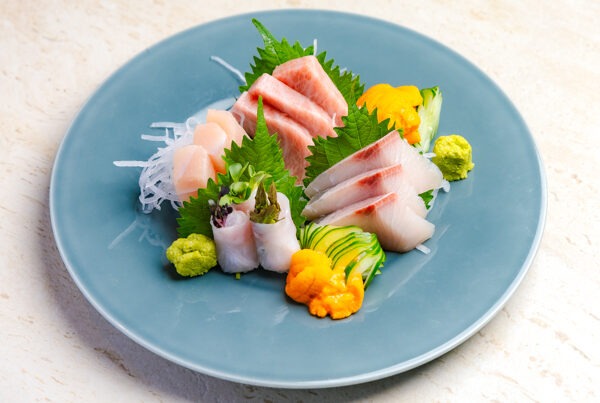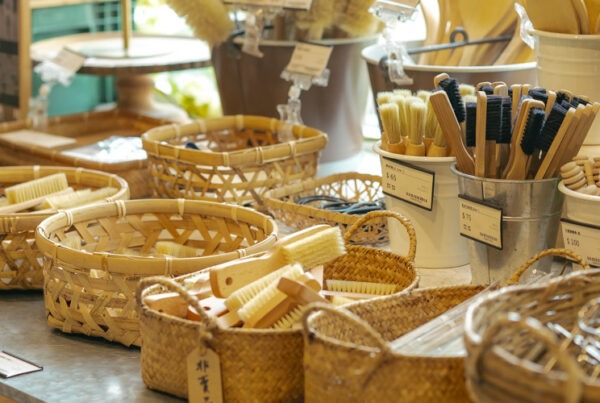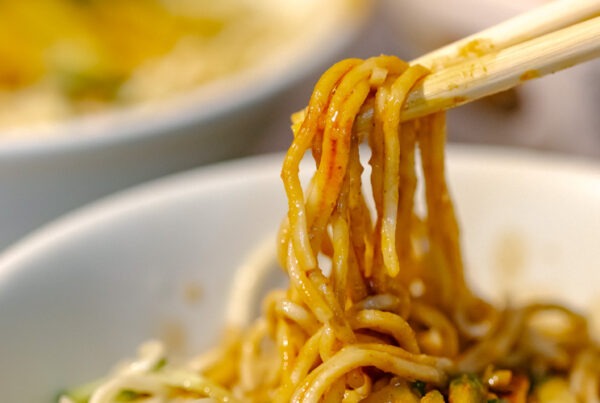Visiting the Amis/Pangcah Village of Kiwit
Text & Photos | Twelli
This October, we visited two indigenous villages in southern Hualien County, Fakong in Fengbin Township and Kiwit in Ruisui Township. Both are great places to learn about indigenous culture and meet the friendly people of the Amis/Pangcah tribe. In this post, we visit Kiwit. If you’d like to read the post about Fakong, go here.
Kiwit is a part of Ruisui Township, and Ruisui is a key railway station between Hualien and Taitung cities. If you’re not joining a tour group or embarking on a rafting adventure down the Xiuguluan River, you might need to rent a car or scooter in Ruisui, as public transportation to Kiwit is not an option.

A 20-minute drive along winding County Road No. 64 (Ruigang Industry Road) from Ruisui Railway Station will take you to Kiwit. Along the way, you’ll catch glimpses of the breathtaking Xiuguluan River valley to the south.

Kiwit
Kiwit, known as Qimei in Mandarin, is nestled midway between the tranquil East Rift Valley town of Ruisui and the coastal town of Fengbin. Situated on the northern bank of the winding Xiuguluan River, which cuts through the Coastal Mountain Range, Kiwit is a beautiful place. The river’s white-water rapids have long attracted thrill-seekers who go on rafting trips from Ruisui down to the coast. As the 10-kilometer midpoint of the rafting route, Kiwit serves as an ideal resting spot for these rafters. Some rafting trips end in Kiwit and combine fun on the water with an indigenous culture experience in the village.
This is one of the oldest Pangcah settlements in Taiwan (Note: The tribe is widely known as Amis, but the tribe members prefer being called Pangcah). The village’s name originates from the Japanese climbing fern, a prevalent vine-like fern in the region. This unique plant produces a long, creeping stem adorned with exceptionally long leaves. Each leaf is composed of numerous smaller leaflets, creating a striking appearance. The strong, durable vines have long been utilized by the tribe for various purposes, such as securing river crabs. The fern is therefore often referred to as “crabgrass.” For a touch of local flair, you can decorate your hat with this interesting plant.

Until the 1980s, Kiwit remained rather isolated, with no road connecting it to the outside world. This isolation helped the village retain its traditional lifestyle much longer than other indigenous communities in Taiwan, shielding it from the rapid pace of modernization. One enduring tradition is the gathering of local herbs. If you’re passionate about botany, particularly wild herbs and their traditional uses, Kiwit is the perfect place to visit.
One particularly fun activity in Kiwit is taking an herbal foot bath. After going on a guided tour of the village, during which we were shown its diverse flora, we were treated to this rejuvenating experience. The bath is prepared by stewing a variety of local herbs, creating a soothing and aromatic soak.
Note: English is not widely spoken in the village. If you’re not proficient in Chinese and wish to learn about the local flora, joining a guided tour with an English-speaking guide is highly recommended. You can find links to such tours at the end of this post.



During the village walk, our guide introduced us to a wide variety of plants and their uses. She first showed us Chinese mugwort (Artemisia argyi), a herb known for its anti-inflammatory and bruise-healing properties. Han Chinese people often incorporate this plant into their Dragon Boat Festival decorations.
Next up was Mexican Tea (Chenopodium ambrosioides), renowned for its pungent flavor. Its Chinese name, literally translated as “stinky almond,” aptly describes its distinctive aroma. Following that, we encountered Balsam Blumea (Blumea balsamifera), a versatile plant with numerous medicinal applications. The Hakka people, in particular, utilize this herb to support women in the postpartum period.
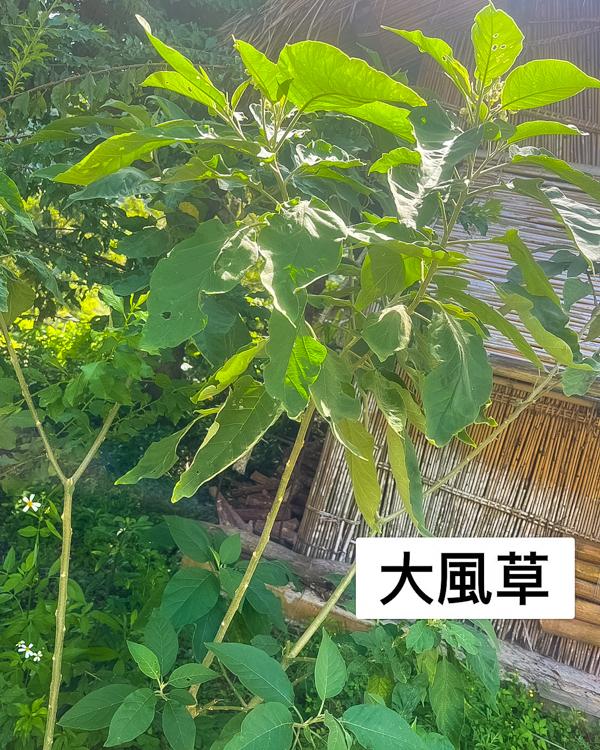
We were also shown Cordate Drymary (Drymaria diandra Blume), a plant often classified as an aggressive weed in tropical and subtropical regions. It’s fascinating to discover that many plants generally considered weeds are valued for their medicinal properties in indigenous traditions. This particular plant is used in traditional Indian herbal medicine to treat a range of ailments, including peptic ulcers, female infertility, headaches, kidney diseases, sleep disorders, convulsions, and fevers.
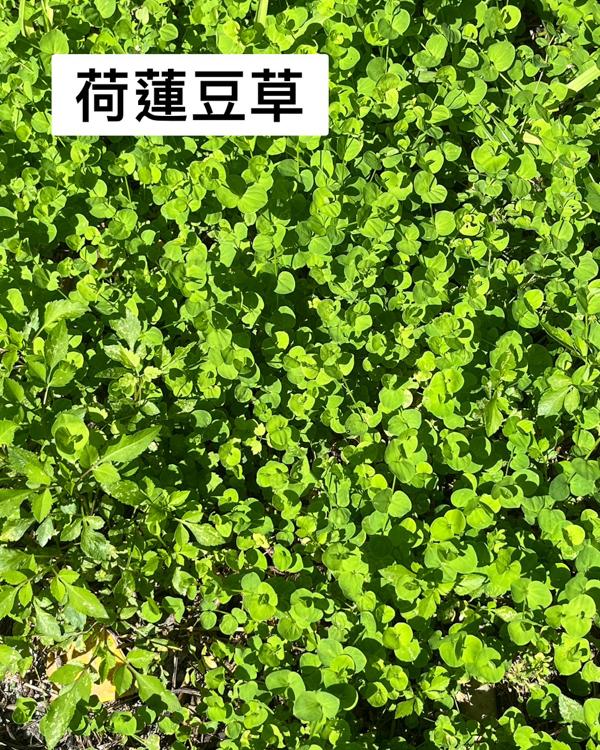
We continued our walk, passing by a guava tree with small, somewhat dry and bitter fruit. The village is also home to other fruit trees, including pipa, papaya, pomelo, mango, and longan. We also spotted coffee trees bearing ripe fruit and roselle bushes with vibrant dark red flowers, commonly used in jams, juices, and various dishes.

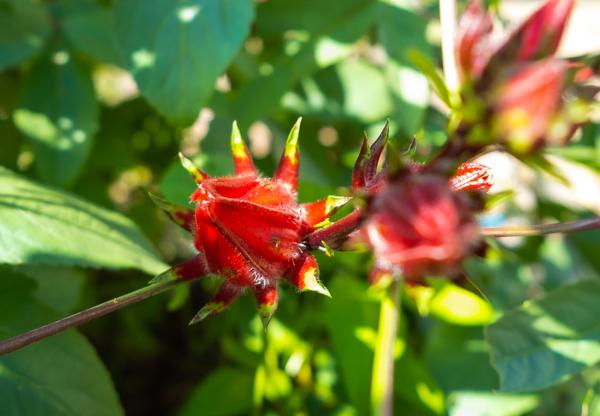
The next plant on our tour was the Chinese Foldwing (Dicliptera chinensis), the leaves of which are used to treat bruises. They are steeped in hot water, and the resulting reddish liquid is massaged onto the affected area.
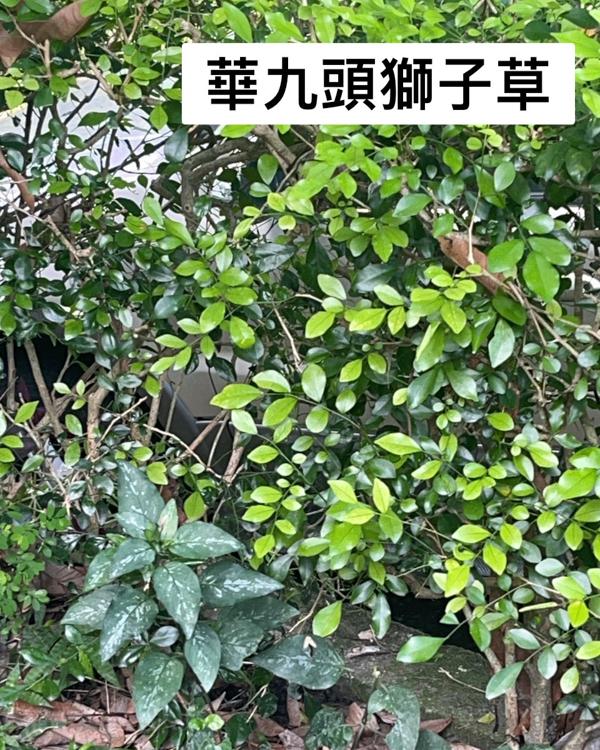
Next, we walked down to a bridge spanning the Xiuguluan River.

Along the roadside, our guide used a sharp knife to harvest Bitter Vine (Mikania micrantha), a plant she explained would be used in the foot bath we were going to enjoy later. This plant is know for its anti-inflammatory properties.
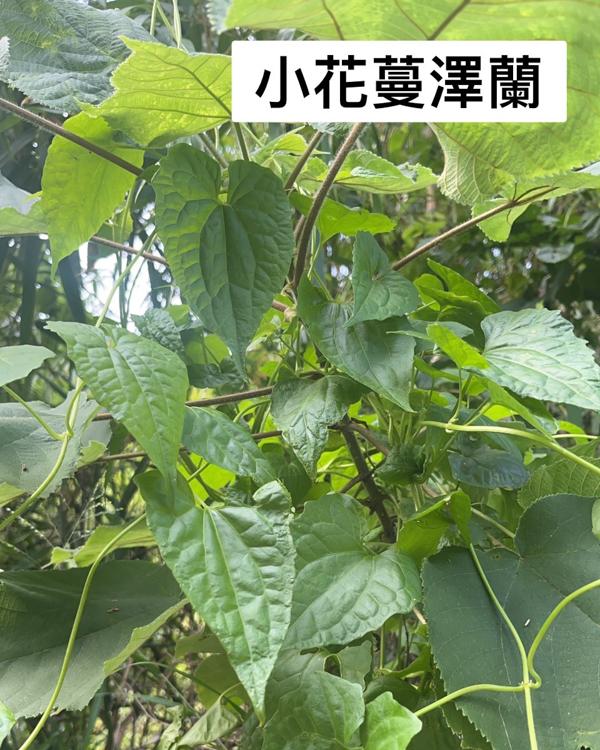
From Yuanshan Qimei Bridge, west of the village, we enjoyed stunning views of the Xiuguluan River. Our guide shared tales of how villagers, before the road’s construction three decades ago, relied on boats to reach Ruisui. Heading up the river required arduous labor, with men wading through shallow waters or pulling the boats along the riverbanks. This dangerous task, particularly during high water levels, claimed many lives. The villagers transported crops like corn, peanuts, and rice to Ruisui. Today, pumpkin is the village’s primary crop. The tradition of herbal foot baths originated as a means to aid the villagers’ recovery from these strenuous river journeys and also hunting expeditions.

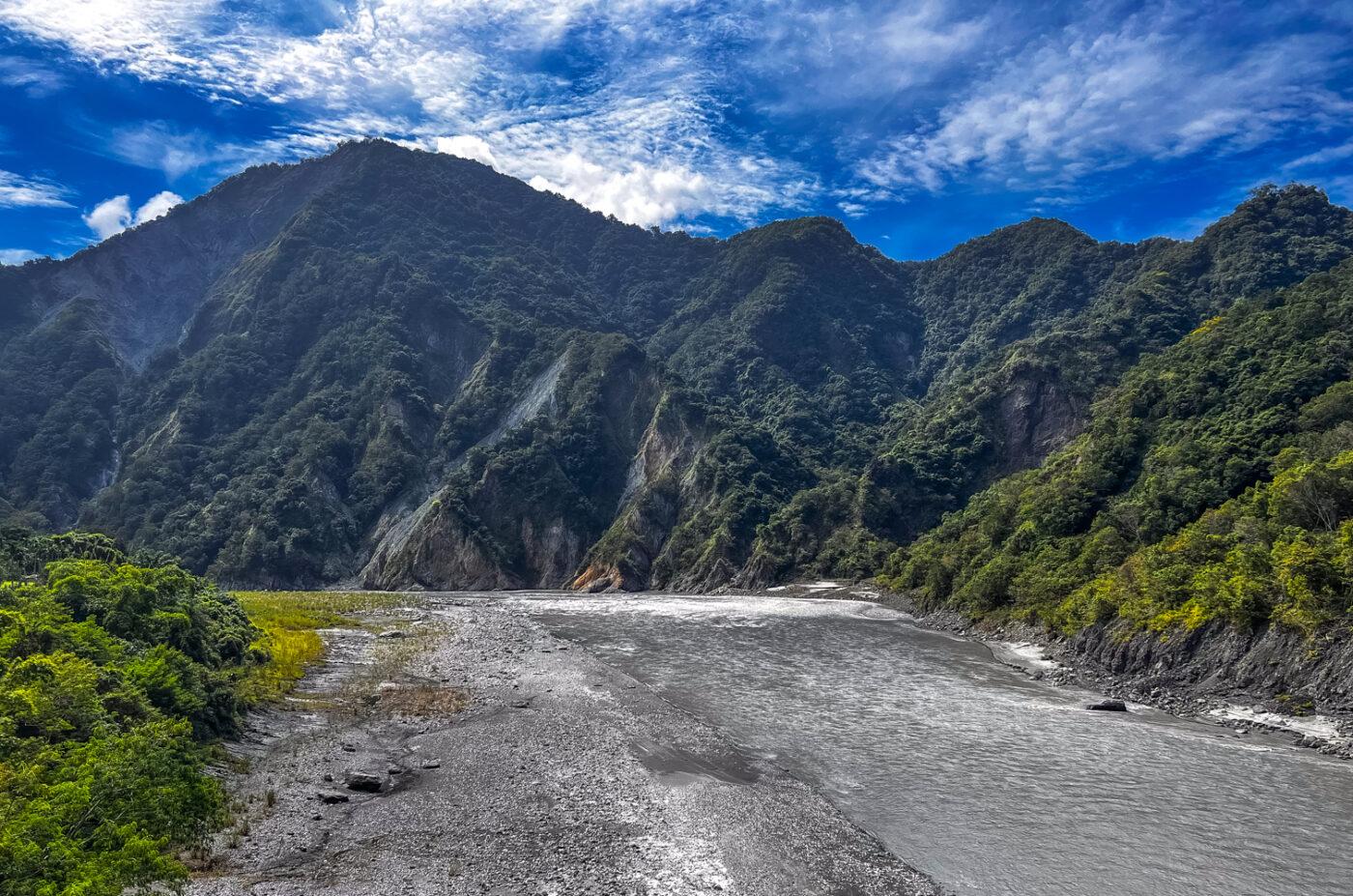

While the road connecting Kiwit to Ruisui and Gangkou has improved transportation, public transport options remain limited. The Xingfu (Happy) Bus provides the only public service, operating on a demand basis. Villagers, typically the elderly, request the bus service by contacting the township office, when they need to go to town for grocery shopping or medical appointments. The bus typically arrives around 8 or 9am and returns from Ruisui in the afternoon. Schoolchildren attending Ruisui Junior High School utilize the school bus; the village’s tiny elementary school currently enrolls fewer than ten students.
Looking down at the riverbank, we spotted the footprints of water buffaloes in the mud. These gentle giants often descend to the river to cool off during hot weather.

Following our look at the river, we visited a farmland plot where we were introduced to additional plants. These included Elderberry (Sambucus chinensis), Poison Bulb (Crinum asiaticum), the namesake of the village of Fakong, and Common Gendarussa (Justicia gendarussa), a plant known for its anti-inflammatory and anti-swelling properties. We also walked through an orchard with orange and pomelo trees. Another useful plant found on the land is Lemongrass (Cymbopogon), commonly used in insect repellents.


We also passed the community’s two churches, one catholic and one protestant.


After our village exploration, we returned to the Qimei Cultural Museum, our starting point. Unfortunately, the museum is currently closed due to earthquake damage sustained earlier this year. Adjacent to the museum, two traditional huts offer a glimpse into the past, providing insight into the living conditions of bygone days.
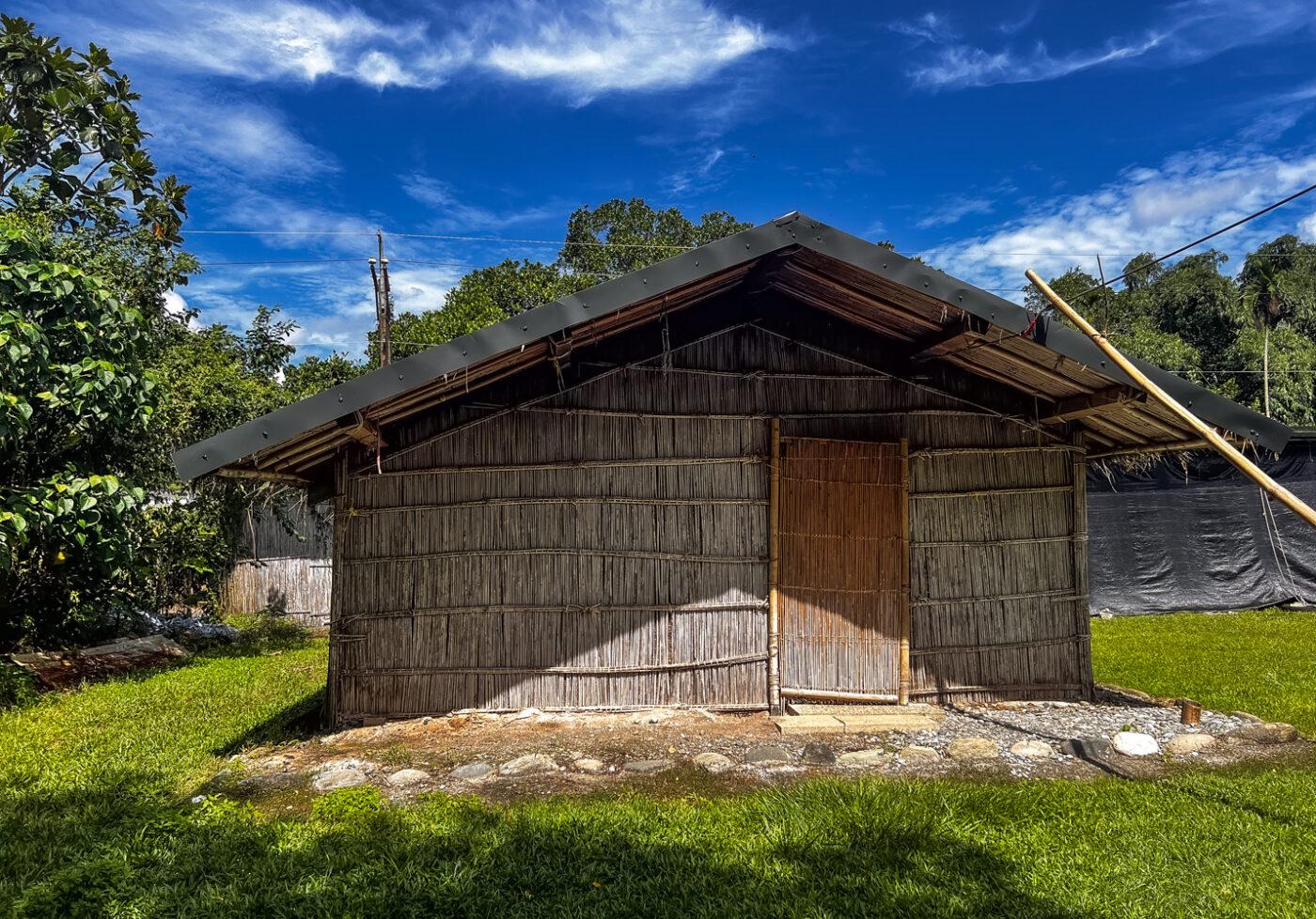


We settled behind the museum and observed as our hosts prepared a hearty herbal stew over an open fire. Twelve different wild herbs, displayed on a table with their Pangcah and Chinese names, were added to the pot.



The herbal foot bath mixture took some time to simmer, allowing us to enjoy a leisurely lunch. Our hosts prepared special dumplings for us, featuring six distinct flavors, including some made with wild herbs. These were far from your typical supermarket dumplings.

Finally, it was time to indulge in the herbal foot bath. The brew was a deep brown color with an intense herbal aroma. After allowing the water to cool, we settled comfortably in the shade of a traditional hut, enjoying the soothing soak and the company of our new friends. The foot bath is believed to restore energy and promote overall well-being after a long day’s work. While I didn’t notice a significant difference, the experience itself was truly delightful. A visit to Kiwit offers a unique opportunity to immerse oneself in indigenous culture and traditional lifestyles, surrounded by nature’s beauty. I highly recommend it to anyone interested in such experiences.

To experience indigenous culture in Eastern Taiwan, consider joining a guided tour with an English-speaking guide offered by MyTaiwan Tours: www.mytaiwantour.com
For an adventurous experience that combines a rafting trip with a visit to Kiwit, check out this page of the East Coast National Scenic Area: www.eastcoast-nsa.gov.tw/en/attractions/detail/65/
Before leaving the village, we returned to the river, this time to the designated stop for rafting trips. The area has a few recently constructed facilities, including restrooms and a rest area. A tall totem pole depicts scenes from traditional indigenous life, such as rafting on the river. We even witnessed a few rafts navigating the powerful rapids, adding to the vibrant riverine scene.



About the author

Twelli
Long-time resident of Taiwan, Twelli likes to go on trips around Taiwan and make videos.




















